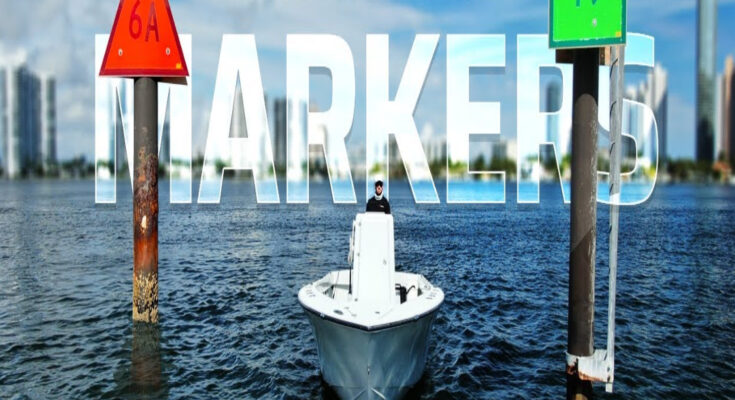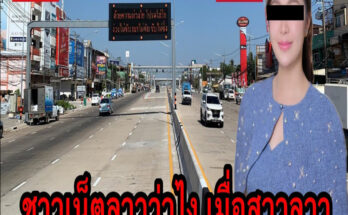Navigating the Intracoastal Waterway (ICW) is crucial for boaters traveling along the East Coast of the United States. Here are some essential tips to navigate the ICW effectively:
1. **Understand the Markings**: The ICW is marked with a specific set of navigational aids including buoys and markers. Red markers (nuns) should be kept to starboard (right), and green markers (cans) to port (left) when traveling northward. This is reversed when traveling southward.
2. **Use Charts and Guides**: Always have up-to-date charts and ICW guides onboard. These will provide critical information about depths, bridges, marinas, and potential hazards along the route.
3. **Bridge Clearances**: Many bridges along the ICW have restricted clearances. Check your charts or guides to know the height of each bridge and ensure your vessel’s mast or antenna clearance is sufficient to pass safely.
4. **Tides and Currents**: Be aware of tidal currents, especially in narrow sections or around inlets. Plan your journey to take advantage of favorable currents and avoid strong opposing currents.
5. **Weather Awareness**: Monitor weather forecasts regularly, as conditions can change quickly along the coast. High winds, storms, and fog can impact visibility and navigation.
6. **Slow Down in Narrow Areas**: Some sections of the ICW are narrow, particularly near inlets and channels. Reduce speed and be mindful of other vessels, kayakers, and paddleboarders sharing the waterway.
7. **VHF Radio Communication**: Maintain a VHF radio onboard for communication with bridge operators, other vessels, and marinas. Channel 16 is used for hailing and emergencies.
8. **Safe Anchoring**: When anchoring along the ICW, choose spots away from the main channel to avoid obstructing navigation. Use anchor lights at night and be aware of local regulations regarding anchoring.
9. **Stay Updated**: Conditions along the ICW can change due to shifting shoals, dredging, or construction. Stay updated with local notices to mariners and boating forums for the latest information.
10. **Respect Wildlife and Environment**: The ICW passes through diverse ecosystems. Be respectful of wildlife habitats and adhere to environmental protection guidelines.
By following these tips and staying informed, you can safely navigate the ICW and enjoy a memorable boating experience along the East Coast waterways.
Navigating the Intracoastal Waterway (ICW) requires careful planning and adherence to navigational best practices. Here’s a breakdown of key tips to ensure safe and effective navigation:
1. **Understand the Markings**: Familiarize yourself with the navigational aids such as buoys and markers. Remember, red markers (nuns) should be kept to starboard (right) when traveling northward, and green markers (cans) to port (left). This reverses when traveling southward.
2. **Use Charts and Guides**: Always have up-to-date charts and ICW guides onboard. These resources provide crucial information about water depths, bridge clearances, marina locations, and potential hazards like shoals and submerged objects.
3. **Bridge Clearances**: Many bridges along the ICW have restricted vertical clearances. Consult your charts or guides to know the height of each bridge and ensure your vessel’s mast or antenna clearance is adequate to pass safely underneath.
4. **Tides and Currents**: Be aware of tidal currents, especially in narrow sections and near inlets where currents can be strong. Plan your journey to take advantage of favorable currents and avoid navigating against strong opposing currents.
5. **Weather Awareness**: Monitor weather forecasts regularly, as coastal weather conditions can change rapidly. High winds, storms, and fog can reduce visibility and affect navigation safety. Plan accordingly and consider delaying your journey if severe weather is forecasted.
6. **Slow Down in Narrow Areas**: Exercise caution in narrow sections of the ICW, particularly around bends, inlets, and areas with heavy vessel traffic. Reduce your speed to maintain control and be aware of smaller watercraft such as kayaks and paddleboards.
7. **VHF Radio Communication**: Keep a VHF marine radio onboard for communication with bridge operators, other vessels, and marinas. Channel 16 is designated for hailing and emergencies. Stay attentive to radio traffic and be ready to communicate your intentions clearly.
8. **Safe Anchoring Practices**: When anchoring along the ICW, select spots away from the main channel to avoid obstructing navigation. Use anchor lights at night as required by maritime law and be aware of local regulations regarding anchoring restrictions.
9. **Stay Informed**: Stay updated on local conditions and potential navigational hazards. Subscribe to local notices to mariners and participate in boating forums to exchange information with fellow boaters regarding current conditions and any changes along the ICW route.
10. **Respect the Environment**: The ICW traverses through diverse ecosystems and sensitive habitats. Practice responsible boating by minimizing your impact on wildlife and adhering to environmental protection guidelines and regulations.
By adhering to these tips and maintaining situational awareness, you’ll be well-prepared to navigate the ICW safely and enjoy a rewarding boating experience along the East Coast waterways.



